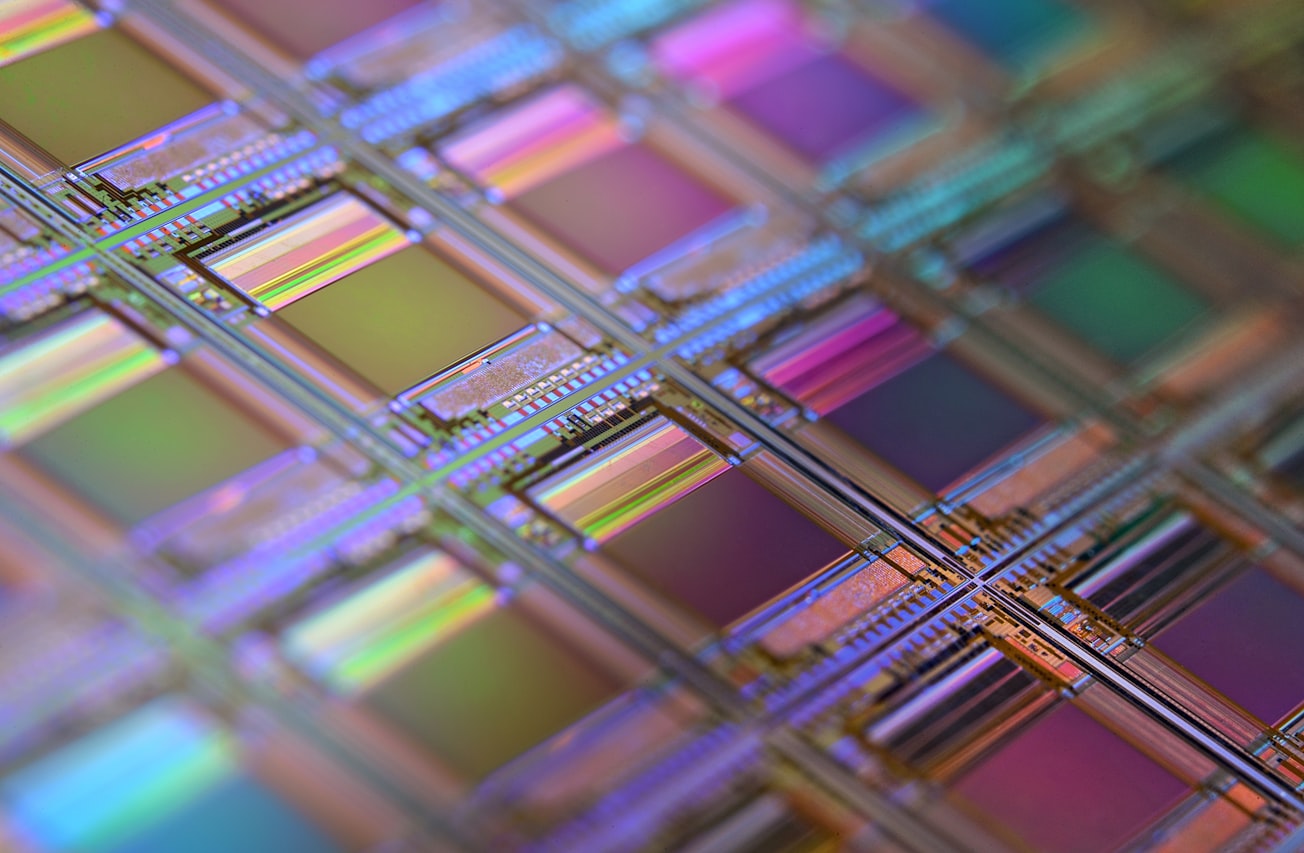What is it about?
We here demonstrate a new approach to fabricating porous ferroelectric films with tunable fine porous structures by carrying out sol–gel reactions involving nonionic surfactants. We have found out that Brij-type surfactants can be used to prepare PZT films with uniformly distributed fine pores and a columnar-grain perovskite structure.
Featured Image

Photo by Laura Ockel on Unsplash
Why is it important?
Our approach enables PZT films to be prepared with porous structures optimized for specific applications in electronic devices.
Perspectives
Because of their greater film thickness, lower permittivity, and porosity compared with dense PZT films, these films have potential applications in electronics, including piezoelectric MEMS (microelectromechanical systems), pyroelectric sensors, gas sensors, and different composite structures in which a porous ferroelectric material is filled with another material.
Konstantin Vorotilov
RTU MIREA
Read the Original
This page is a summary of: Microstructure analysis of porous lead zirconate–titanate films, Journal of the American Ceramic Society, August 2021, Wiley,
DOI: 10.1111/jace.18064.
You can read the full text:
Contributors
The following have contributed to this page










